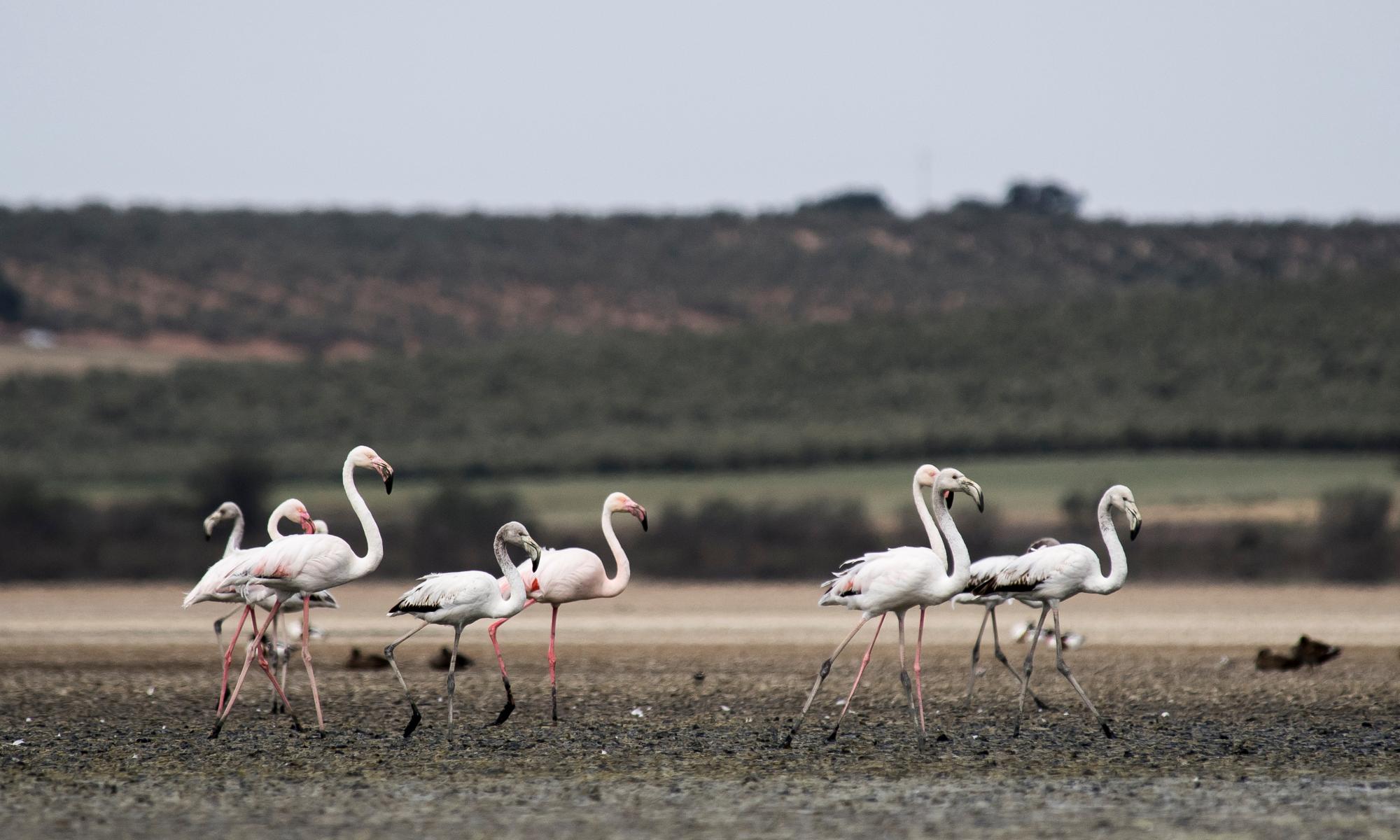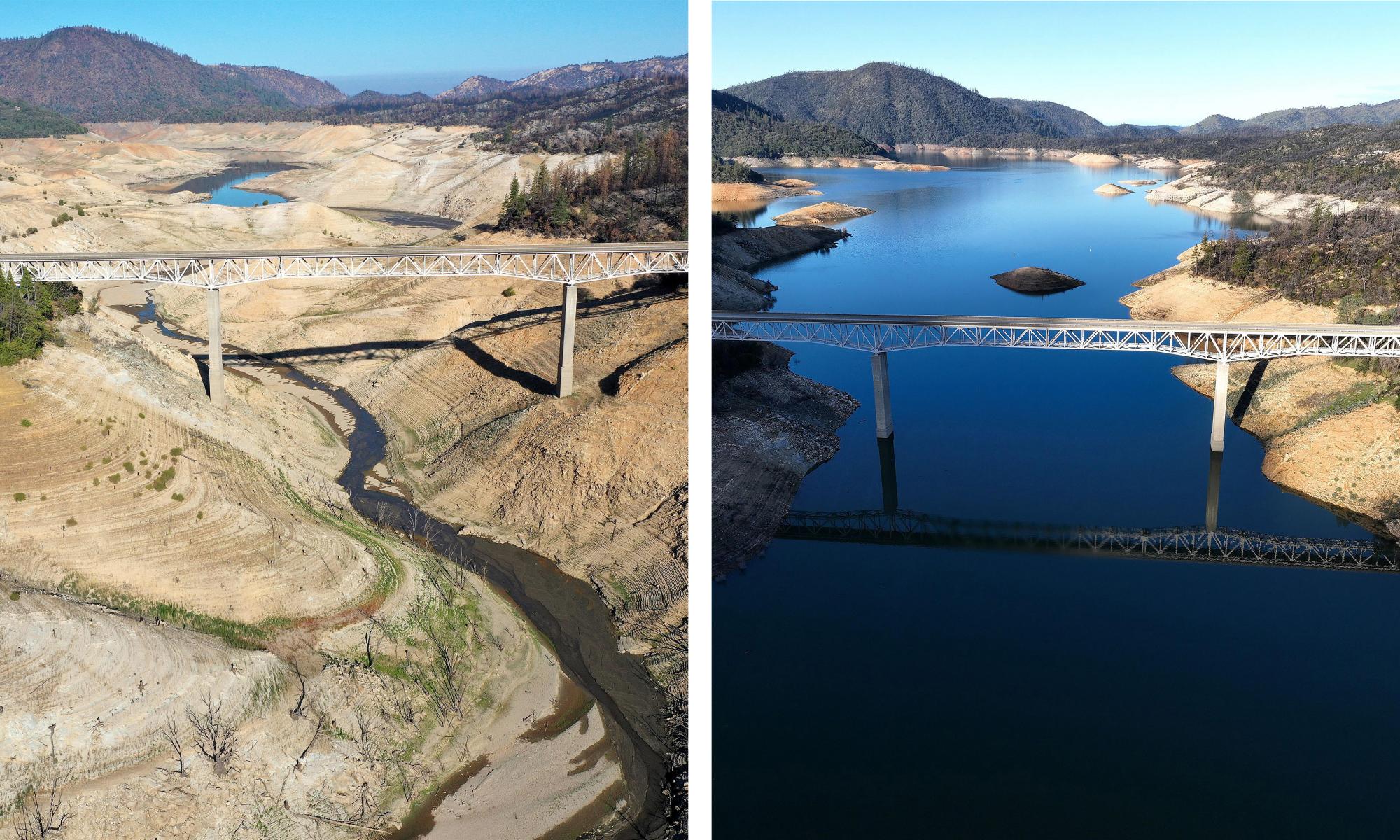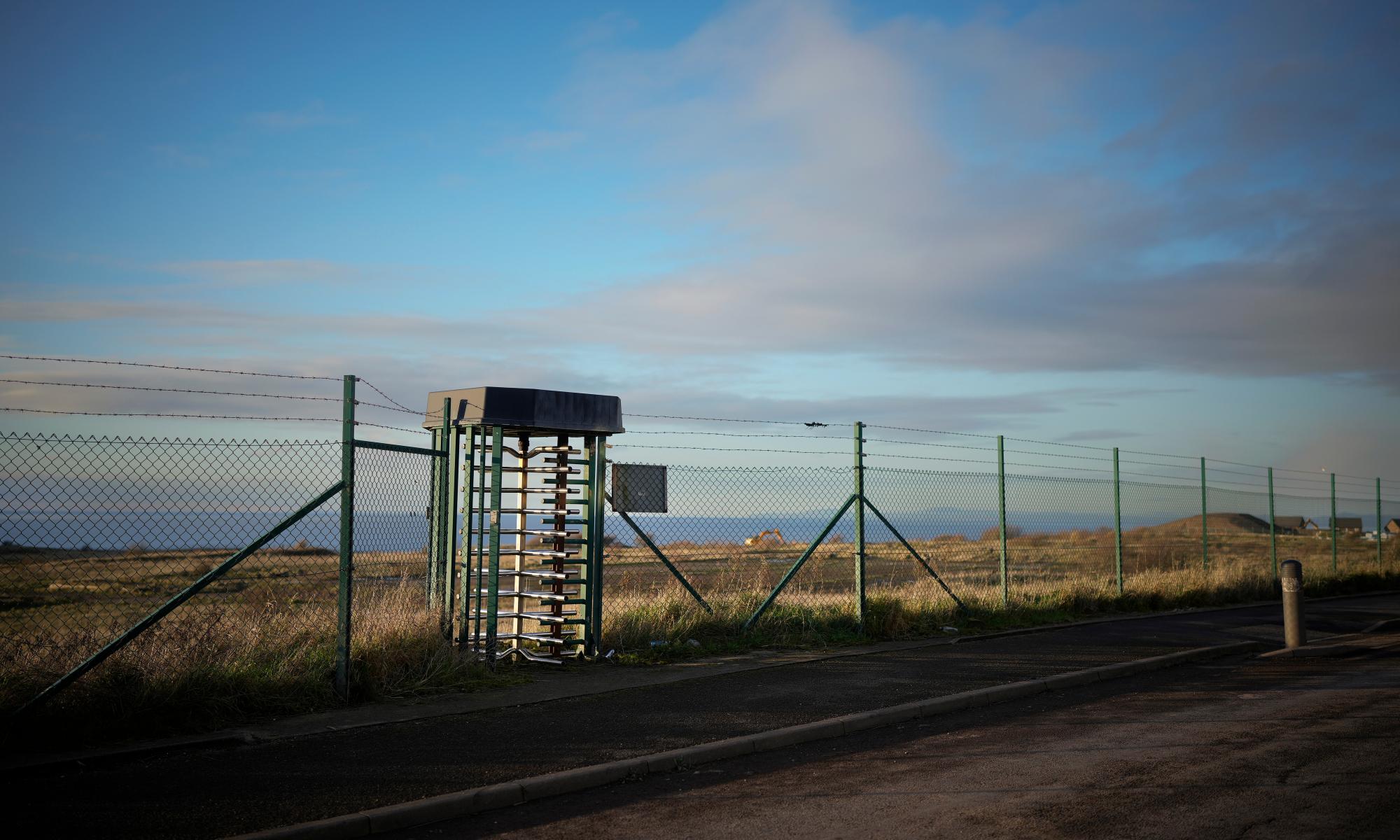The waters off Kyonan were once home to dense forests of seaweed – the ideal habitat for the prized abalone and sardines that support the town’s economy.
Today, the seaweed beds are threadbare; in some places they have vanished altogether, to be replaced by coral that belongs in the tropics, not in this corner of Tokyo Bay. Marine life that depended on macro algae for survival is making way for fish usually found in waters much further south.
The rise in sea temperatures caused by the climate emergency is transforming the sea off Kyonan, a fishing town in Chiba prefecture, south-east of Tokyo, in what experts warn is a glimpse into the apocalyptic future facing Japan and its fishermen.
Over the past 15 years, Jiro Uochi, a local tour guide, has looked on helplessly as the sea’s perennial species lose their battle against coral in waters that were once too cold to sustain it.
“In recent years, the seawater temperature hasn’t dropped below 15C, even in winter,” says the 65-year-old, who leads diving excursions in the area.
Tropical coral larvae carried by warm currents have been able to establish a presence this far north due to warmer seawater temperatures, which reached a record high globally in 2019, according to the Japanese meteorological agency.
The problem has also been linked to changes in the course of the Kuroshio current, a warm ocean current that now reaches further north than in the past, according to says Naoki Kumagai, a specialist in coastal ecosystems and global warming at the National Institute for Environmental Studies in Tsukuba, near Tokyo. “The ‘wandering’ Kuroshio current is compounding a problem caused by global warming,” Kumagai says.
Those trends have combined to kill some types of seaweed and deprived the area of its speciality, abalone, as well as devastating stocks of fish that were once in plentiful supply during the winter months.
“The total catch is getting smaller every year,” Uochi says. “It’s just one-tenth of what it was five years ago.”
Instead of seasonal fish, Uochi now spots lionfish, longnose hawkfish, clownfish and other tropical species that eat up remaining populations of weakened seaweed.
Kumagai said table coral, first spotted in central Japan in the late 1970s, had traveled 350km north over the past three decades. “It’s not just happening in Tokyo Bay,” he says. “Kelp in other areas is being replaced by coral. And the main reason is the rise in seawater temperatures.
“The problem will continue to spread around Japan … a decrease in temperate fish and an increase in tropical fish. This will have a profound effect on the Japanese fishing industry.”
The effects of unchecked climate change are being felt along other parts of Japan’s 30,000km-long coastline. Several types of kombu edible kelp along the northernmost island of Hokkaido could be killed off within the next 70 years, a group of researchers from Hokkaido University warned earlier this year.
If global warming continues at its current pace, the seawater temperature around Hokkaido could rise by up to 10C by the 2090s compared with 1980s levels, the group said, according to Kyodo news agency.
Production of kombu, which is widely used in Japanese cuisine, peaked at 38,000 tonnes in 1990 but had fallen to just 13,000 tonnes last year, according to industry figures.
Uochi says he no longer recognises the sea in which he has spent countless hours for almost half a century. “I have watched the seaweed and the fish disappear in front of my eyes,” he says. “These days I don’t feel like I’m diving in Tokyo Bay.”


